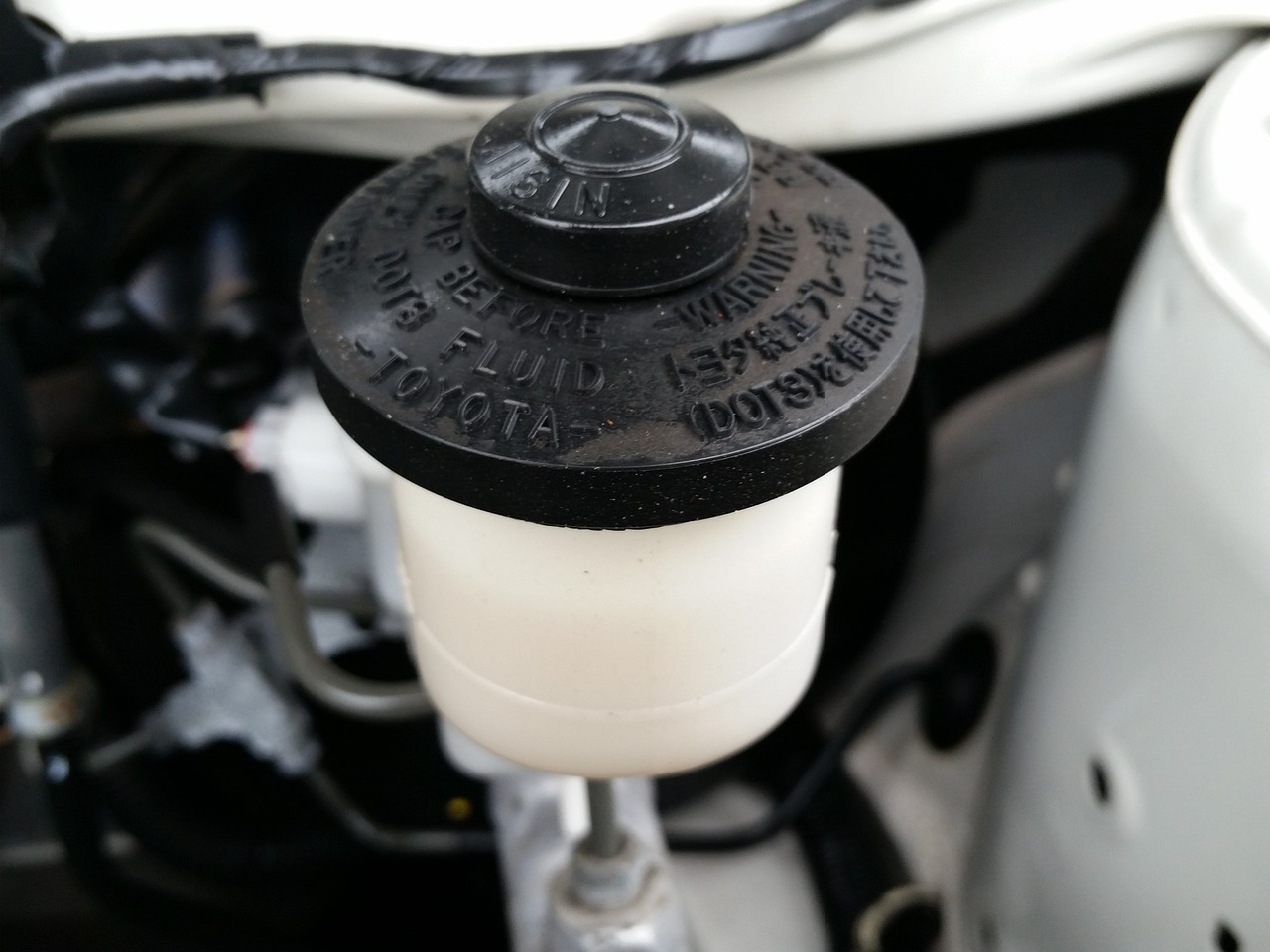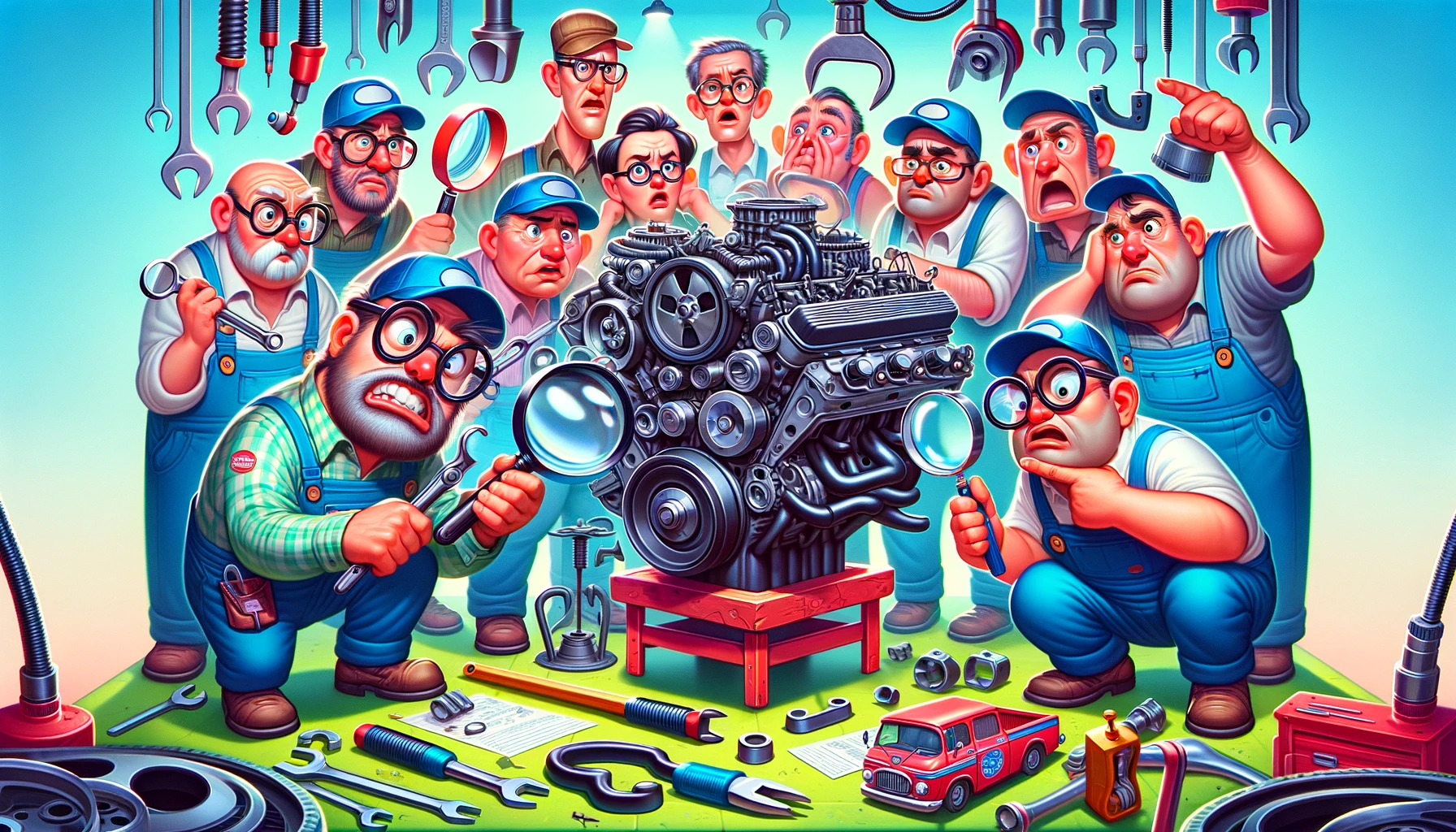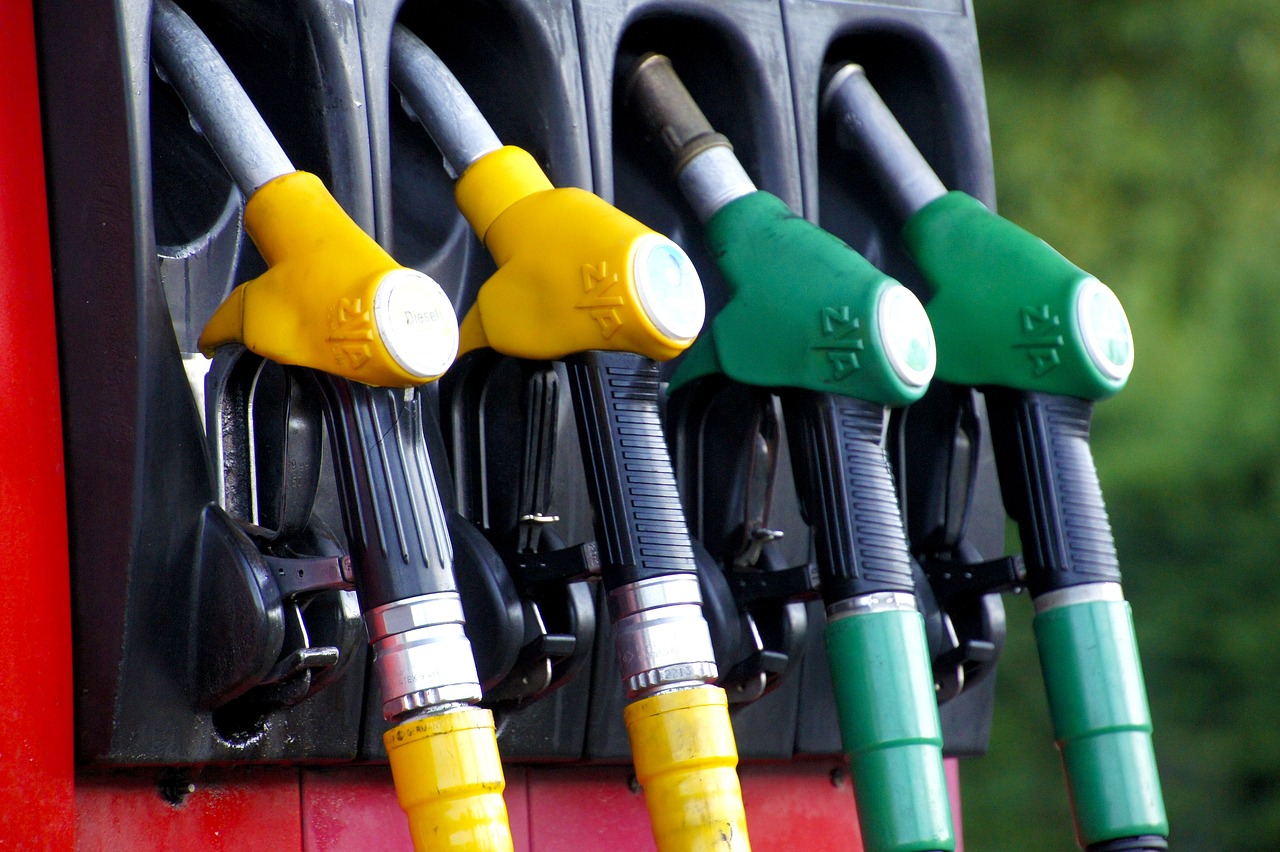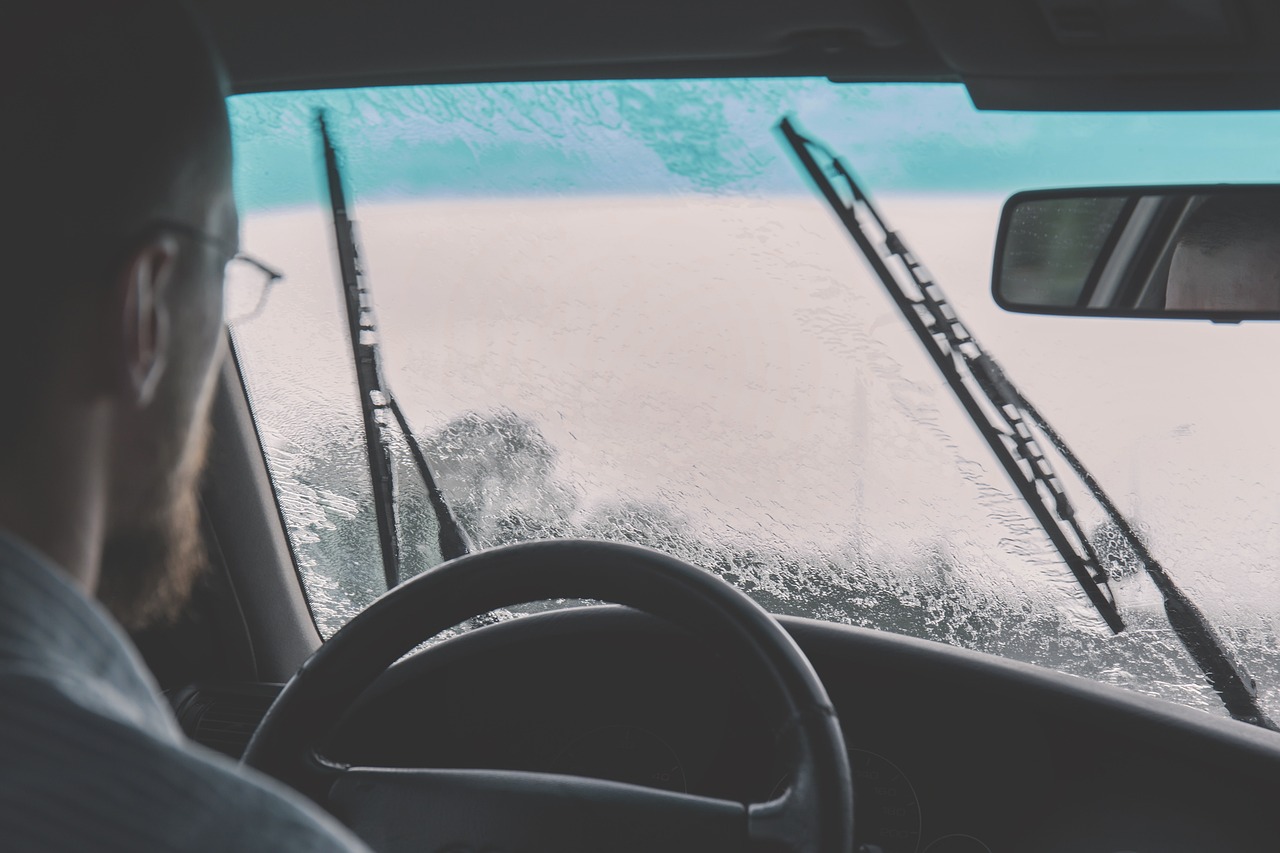Welcome, my friend, to this life-altering, gut-busting, and utterly thrilling tutorial on how to check your car’s brake fluid level. Now, you might be thinking, “Why on Earth would I need to know that?” And to that, I say, “Because brakes are overrated, obviously.” But in the unlikely event that you do, in fact, value your safety and the well-being of others on the road, this guide is just what the mechanic ordered.
Why Check Brake Fluid Anyway?
Brake fluid, for those of you not in the know, is like the lifeblood of your braking system. Without it, stopping your car would be as effective as trying to halt a runaway freight train with a stern look and a stop sign. In other words, not very. That’s why ensuring you have the right amount of brake fluid, and that it’s in tip-top condition, is crucial unless you enjoy living life on the edge.
Now, some of you may be thinking, “But I have a mechanic for that!” To which I reply, “Look at Mr. Moneybags over here!”
For the rest of us who don’t have a pit crew on standby, checking the brake fluid is a simple task that even the most mechanically challenged can accomplish.
The Search for the Mysterious Brake Fluid Reservoir
First things first, you need to find the brake fluid reservoir. Now, this can be a bit like playing hide and seek with a ninja, because car manufacturers have a wicked sense of humor and like to hide it in the most obscure places. But fear not! There is a secret weapon at your disposal: the owner’s manual. This magical tome holds the answers to all your car-related questions, including the whereabouts of the elusive brake fluid reservoir.
Once you’ve consulted the manual and located the reservoir, you’ll notice that it’s usually made of transparent plastic, which is handy because it means you can check the fluid level without any fancy equipment. There should be two lines marked on the reservoir: one for “max” and one for “min.”
Now, brace yourself, because this next part requires some advanced observational skills. Ready? You need to check if the fluid is between these two lines. Yes, it’s that complicated.
The Fluid’s Color Commentary
But wait, there’s more! You can’t just check the level and call it a day. Oh no, you also need to take a gander at the fluid’s color. Fresh brake fluid should be a clear, slightly yellowish color. If it looks more like a dark, ominous potion, then congratulations, you’ve just discovered brake fluid’s dark side. This means it’s old and contaminated and needs to be changed faster than you can say “brake failure.”
The Brake Fluid Boogie: Understanding Types and Compatibility
Now that you’ve become intimately acquainted with your brake fluid reservoir, it’s time to talk types and compatibility. Brake fluid comes in several different varieties, including DOT 3, DOT 4, DOT 5, and DOT 5.1. And no, these aren’t droid names from a popular sci-fi franchise, but they’re just as important.
Choosing the wrong type of brake fluid is like trying to run a diesel engine on unleaded gasoline; it’s a disaster waiting to happen. So, how do you know which magical elixir your car craves? Once again, the owner’s manual is your best friend. It will tell you exactly what type of brake fluid your car needs to stay in tip-top shape.
The Brake Fluid Time-Travel Mystery: When to Change It
Brake fluid, much like fine wine and my sense of humor, gets better with age. Just kidding. It actually does the exact opposite. Over time, brake fluid absorbs moisture, which can lead to corrosion, reduced performance, and a higher chance of brake failure. And unless you’re a stunt driver in a blockbuster action movie, brake failure is probably not on your bucket list.
So, how often should you change your brake fluid? Well, it depends on your car’s make and model. Some manufacturers recommend every two years, while others say it’s fine to wait for up to four years. Once again, consult your trusty owner’s manual for the manufacturer’s recommendation.
Becoming One with the Brake Fluid: The Ultimate Zen Experience
Checking and changing your brake fluid may not seem like the most glamorous task, but it’s a crucial part of vehicle maintenance. Plus, it gives you a chance to bond with your car and learn more about its inner workings. It’s like a zen garden, but with more grease and less tranquility.
And who knows? You might just find that you enjoy getting down and dirty with your car’s brake system. It’s a great way to spend a Saturday afternoon, and it’s way cheaper than therapy.
In Conclusion: You’re Now a Brake Fluid Guru
Maintaining your brake fluid is no joke (even though I’ve made plenty of them here). It’s an essential part of keeping your car safe on the road. So, take it seriously, but don’t forget to have a little fun along the way.
Until next time, keep your fluids in check, your humor sharp, and your brakes in working order. Safe travels, my dear friend, and remember: a checked brake fluid level is a happy brake fluid level.
Pro Tips for Brake Fluid Superhero
- Trust Your Nose and Ears
Sometimes your car will talk to you, and it’s crucial to listen (and sniff). If you notice a strange, burnt smell coming from your brakes, or hear a high-pitched squealing sound, it could indicate that your brake fluid is low or contaminated. Don’t ignore these signs; take your car to a professional mechanic right away.
- Feel the Brake
Pay attention to how your brake pedal feels under your foot. If it feels spongy or sinks to the floor, it could be a sign that there’s air in your brake lines or that you have a brake fluid leak. Don’t just brush it off as your car being quirky; get it checked out.
- Look for Leaks
Keep an eye on the ground where you usually park your car. If you notice any small puddles or stains, it could be a sign of a leak. Brake fluid is typically clear or slightly yellowish and has a slippery feel. If you suspect a brake fluid leak, don’t play car detective; take it to a professional.
- Don’t Be a Cheapskate
When it comes to brake fluid, or any car maintenance for that matter, don’t skimp out. Use the type of brake fluid recommended by your car’s manufacturer and avoid mixing different types of fluid. Remember, this is your car’s safety we’re talking about; it’s not the time to cut corners.
- Keep an Eye on the Expiration Date
Yes, brake fluid has an expiration date, and no, it’s not just a suggestion. Over time, brake fluid degrades and becomes less effective. Make sure to check the expiration date on the bottle before you use it, and never use old or contaminated brake fluid.
- When in Doubt, Ask a Pro
If you’re ever unsure about checking or changing your brake fluid, or if you think there might be an issue with your brake system, don’t hesitate to consult a professional mechanic. They have the knowledge, tools, and experience to make sure your car is safe and road-ready.
FAQ: Everything You Never Knew About Brake Fluid
While I admire your dedication to multitasking and living on the edge, I strongly advise against combining car maintenance with circus acts. Stick to checking your brake fluid with both feet firmly on the ground and leave the flaming torches to the professionals.
As much as I’d like to believe in the existence of cool, brake-fluid-reservoir-less cars, every car equipped with hydraulic brakes has one. Check your owner’s manual, and if you still can’t find it, it might be time to swallow your pride and ask your neighbor for help.
While your description is poetic, dark brake fluid is a sure sign that it needs to be changed. Brake fluid should be a clear, slightly yellowish color. Anything darker, and you’re in the danger zone.
Your car is indeed picky, and for a good reason. Different cars require different types of brake fluid. Check your owner’s manual or consult a professional to make sure you’re using the right one.
First of all, don’t panic. Brake fluid can damage your driveway’s surface, so it’s important to clean it up quickly. Use an absorbent material like cat litter to soak up the fluid, then dispose of it properly. Afterwards, rinse the area thoroughly with water.
Absolutely not! Brake fluid is toxic and should never be ingested. Keep it far away from your bar cart and any potential drink mix-ups.
A good rule of thumb is to check your brake fluid every time you change your oil, but at least twice a year should suffice. Regular checks ensure that your brake system is in good working condition and can help prevent any potential issues down the road.
If you’re a fan of living dangerously and don’t mind the potential for catastrophic brake failure, sure. But for those of us who value our lives and the safety of others on the road, regular brake fluid checks are a must.
Water and brake fluid are like oil and water — they just don’t mix. Adding water to your brake fluid can lead to corrosion and reduced performance. Stick to the proper brake fluid and keep your braking system happy.
In a word, yes. Your brake system is crucial for vehicle safety, and brake fluid plays a vital role in making sure everything works as it should. Regular checks and maintenance can help prevent accidents and ensure that your car stops when you need it to.



